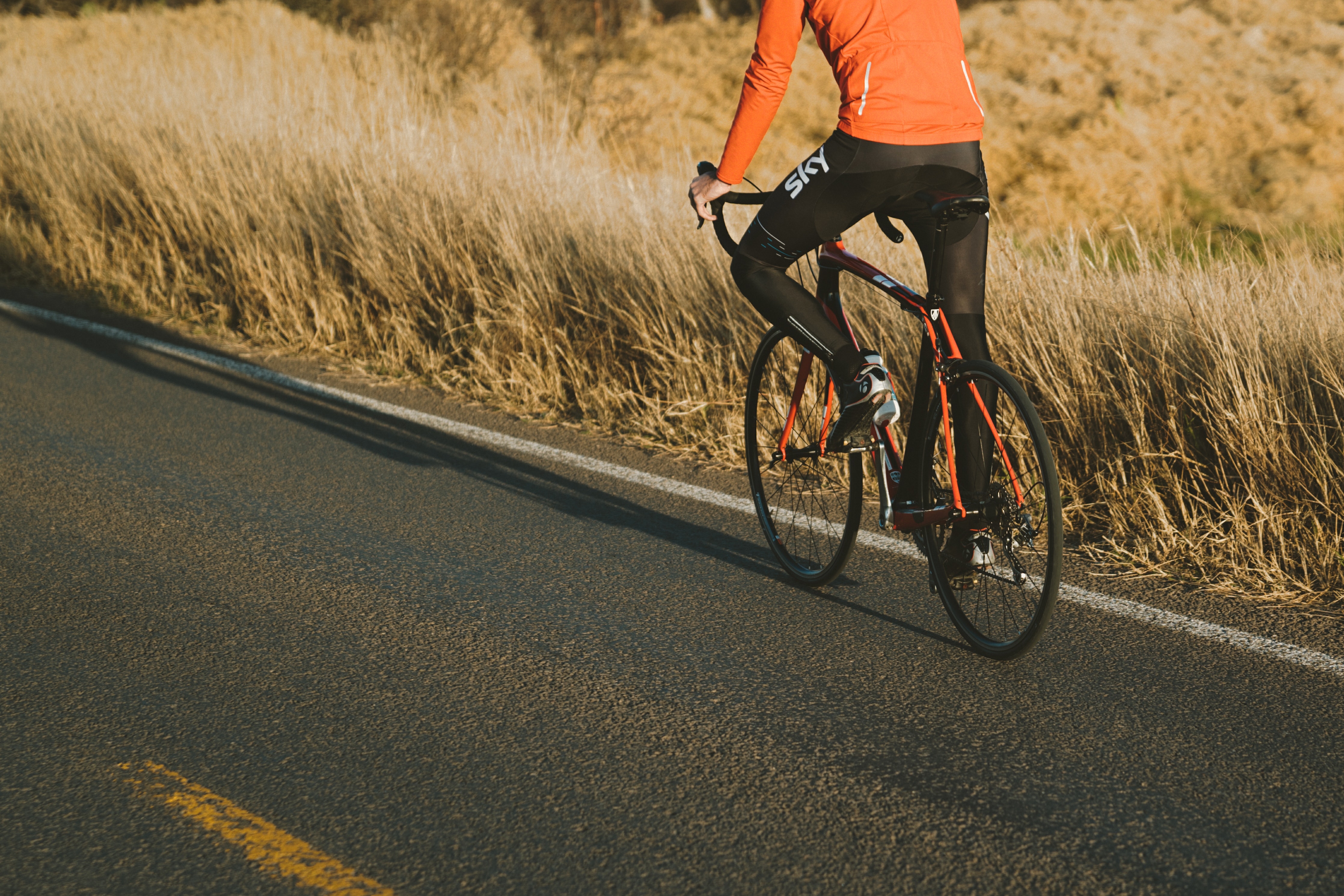
Indoor training has become commonplace for most cyclists. The convenience of riding indoors coupled with the increased technology and comfort of indoor training environments makes it too good to pass up for many athletes. While these are invaluable tools in the modern endurance athlete’s toolbox, they do present several nuances that need to be considered in training. When comparing indoor sessions to outdoor rides athletes will often feel the differences and thus reveal the need for a different approach and mindset when training indoors.
Different Body Positioning
One of the most apparent things athletes will notice is the way their body moves indoors versus outdoors. There is an apparent lack of upper body movement due to the restrictions the bike has locked into the trainer. The upper body strength that is used outdoors helps provide more power, as well as support the body and give the lower body time to recover during hard efforts. This lack of ability to “throw” the bike from side to side can make it challenging to produce true maximal power. If a weak core and hip instability are your weaknesses they’ll be highlighted on an indoor trainer. The physics and body positioning of indoor riding place more emphasis on these areas, and require greater recruitment of these muscle groups due to the isolated movement of the bike. There are also differences in the positioning of the lower body. Typically the inside of athlete’s thighs will feel tired or sore after transitioning to an indoor training environment. This is due to the recruitment of the inner abductors and the fact that they’re not as utilized outdoors because of the dynamics of the bike on the road or trail. When you’re riding outdoors you’re often in and out of the saddle, changing the position of your body in relation to the pedals. This allows you to shift your weight out of the saddle and deliver more power to the pedals by taking advantage of gravity to pull your weight down through the pedal stroke, and thus increasing your wattage for a given effort.
Temperature
There’s no denying that the wind in your face when riding down the open road is one of the things that makes cycling so enticing. This breeze is also critical to performance if we look at the impact that heat and evaporative cooling have on athletes. Using a fan indoors is paramount to having an enjoyable experience and a successful workout. If the environment is too hot then power can be significantly decreased. As you perspire your blood becomes thicker and creates resistance within the cardiovascular system. This, in turn, makes the heart pump faster to deliver the same amount of blood to working muscles. Using a fan allows you to stay cooler for longer, and thus puts less strain on your cardiovascular system, meaning more blood to working muscles with less effort. Keeping cool and hydrated are two keys to success for indoors training. Overheating can cause as much as a 20-30 watt reduction in power, which will dramatically impact the quality and intent of training sessions.
Mental Components
There’s no denying that chasing down a breakaway during a group ride is often more motivating than a solo trainer session early in the morning or late at night. This lack of social interaction and/or external motivation can lead to a lack of performance for some athletes. A lack of clear goals during indoor workouts can also lead to a lack of performance. Be sure to have a defined goal for each workout and training period to keep you focused and driven. Take advantage of modern tools such as high-quality trainers, virtual riding experiences, and online platforms to make riding more exciting and dynamic. These tools combined with a comfortable and properly set up training space will help to make your training experience something you look forward to. Find value in the focused work and individualization that comes from indoor workouts. Find your motivation intrinsically knowing that each pedal stroke will put you closer to your goals.
FTP and Sprinting
Indoor workouts can often feel harder than the same efforts outdoors. This is due in large part to the dynamics of indoor training outlined above. This increased RPE can lead to improper or ineffective workouts if special care isn’t taken. If your indoor wattage is 10 watts or more different than your outdoor wattage for a given effort you should establish a separate indoor FTP. This will ensure intervals are performed at the right intensity and that you’re not over or under training. It’s also important to think about the types of efforts you try to produce on the trainer. Some workouts are better suited for indoor sessions than others. Given the restrictions of the bike locked in one position, lack of upper body involvement, and the physics of body positioning in most trainers, it may be best to shy away from true max effort sprints, as they won’t be the same as outdoors.
If we look back over the last several decades it’s incredible to see how far indoor trainers have come. No longer are we relegated to dark basements with nothing but our Walkmans to keep us company. The tools that are available now make indoor training exciting and productive. Realizing the unique dynamics that come with an indoor training environment help athletes to be more successful when they transition from outdoor riding. Knowing what to expect, and how to adapt expectations and training goals, will ensure every rider gets the most out of their time in the “pain cave”.



